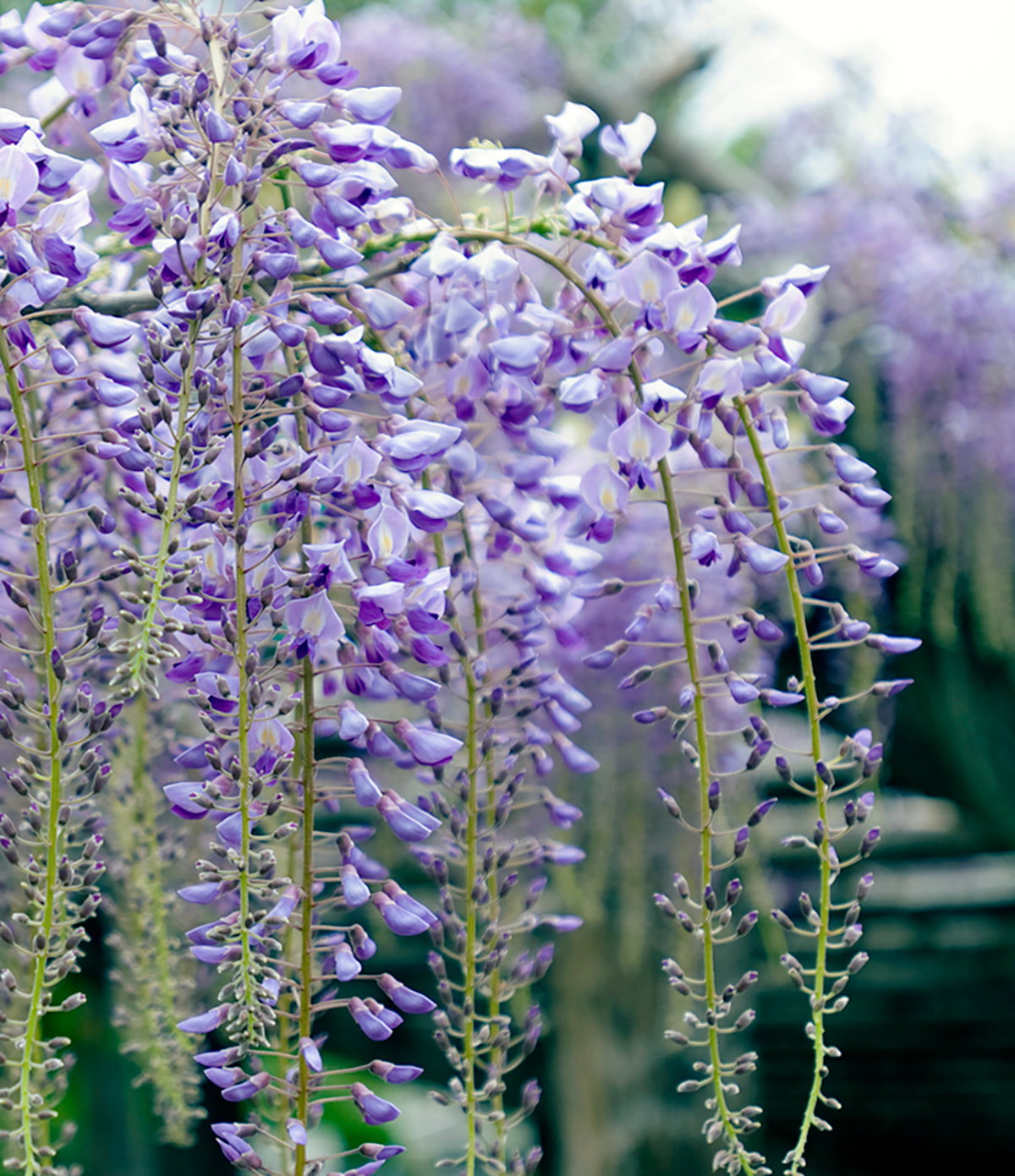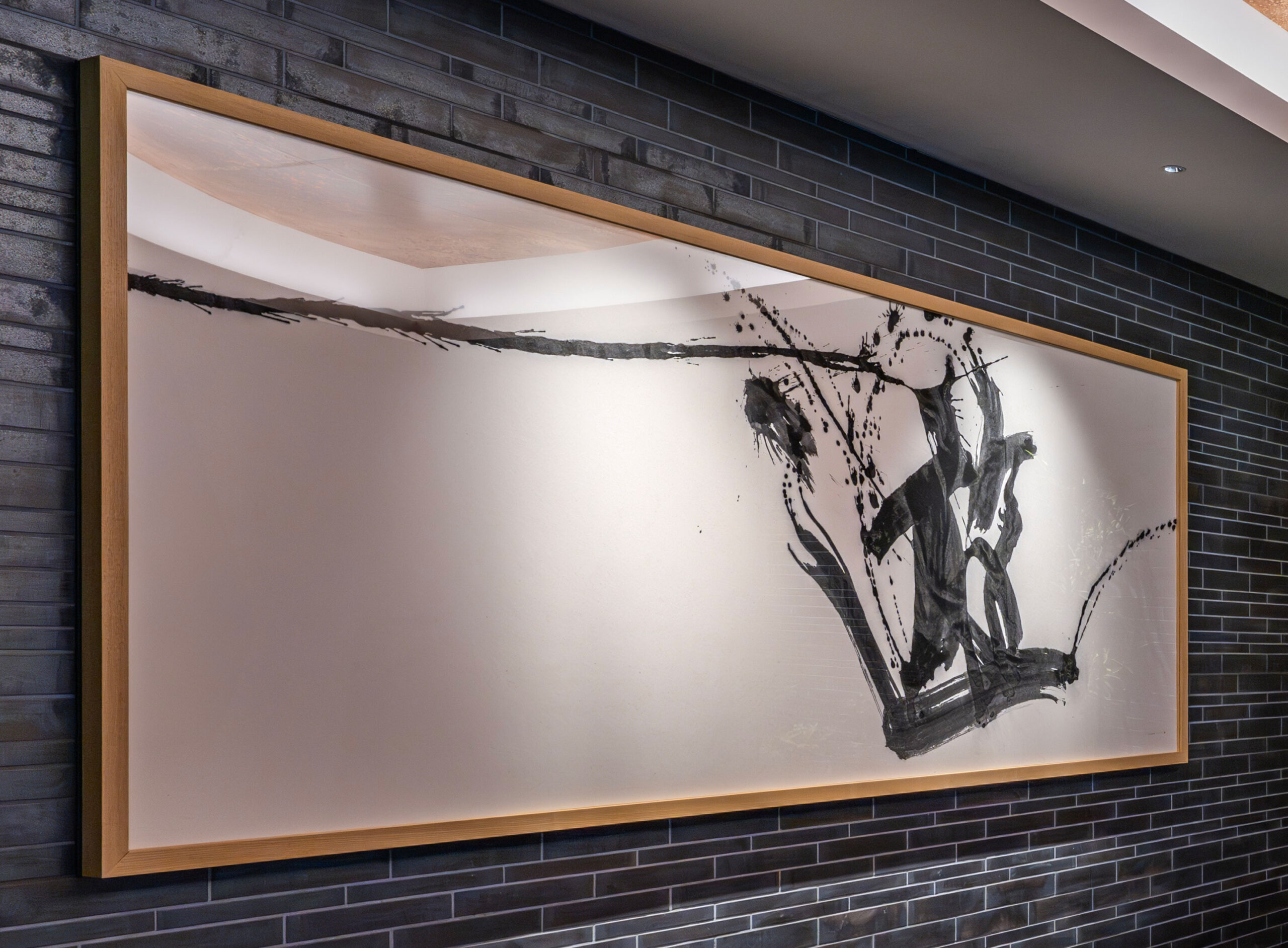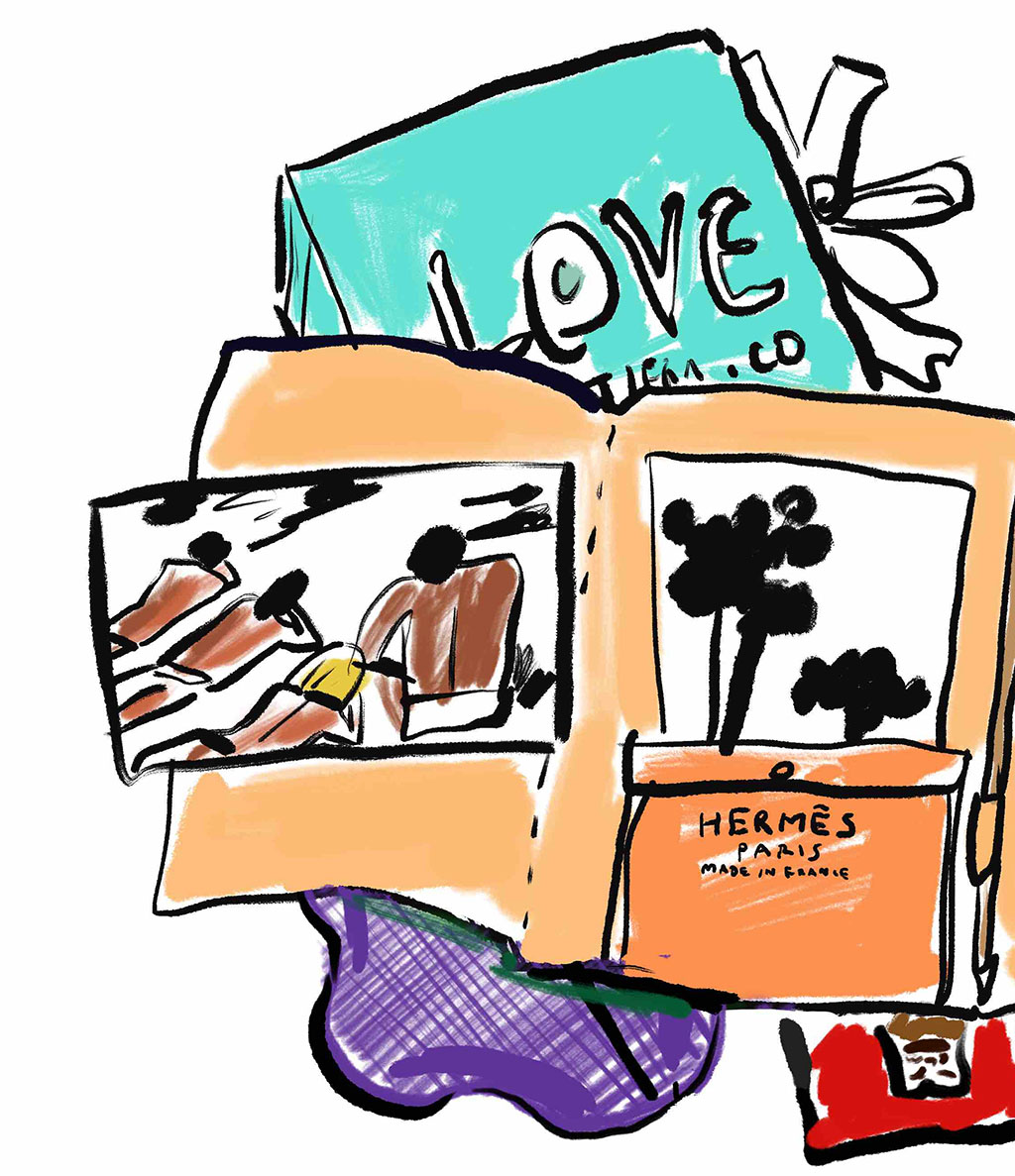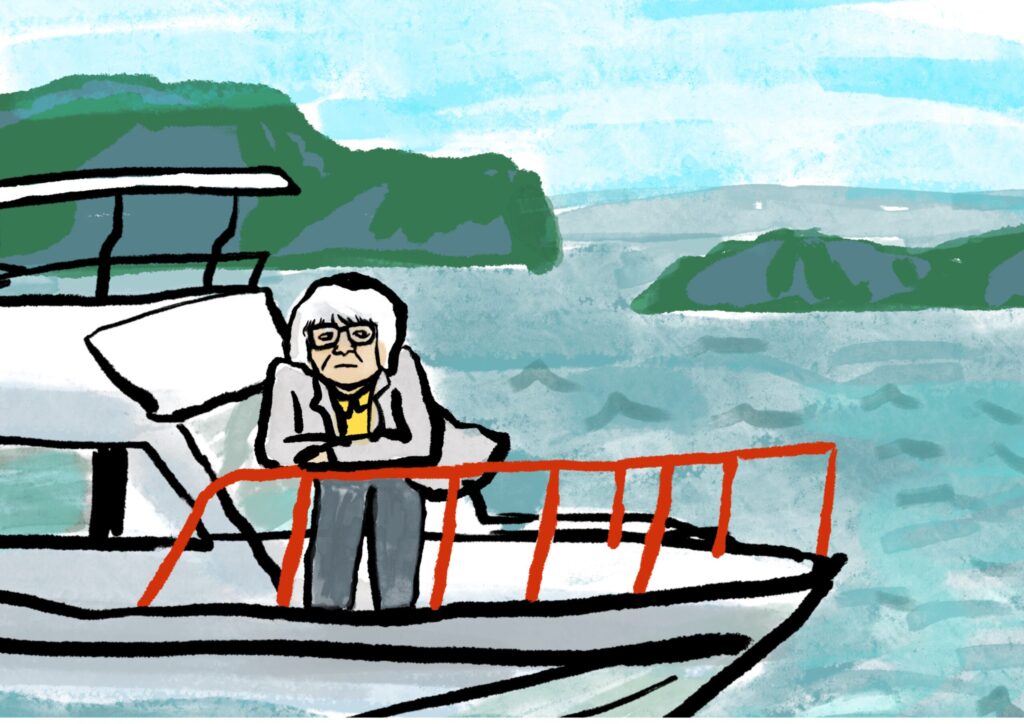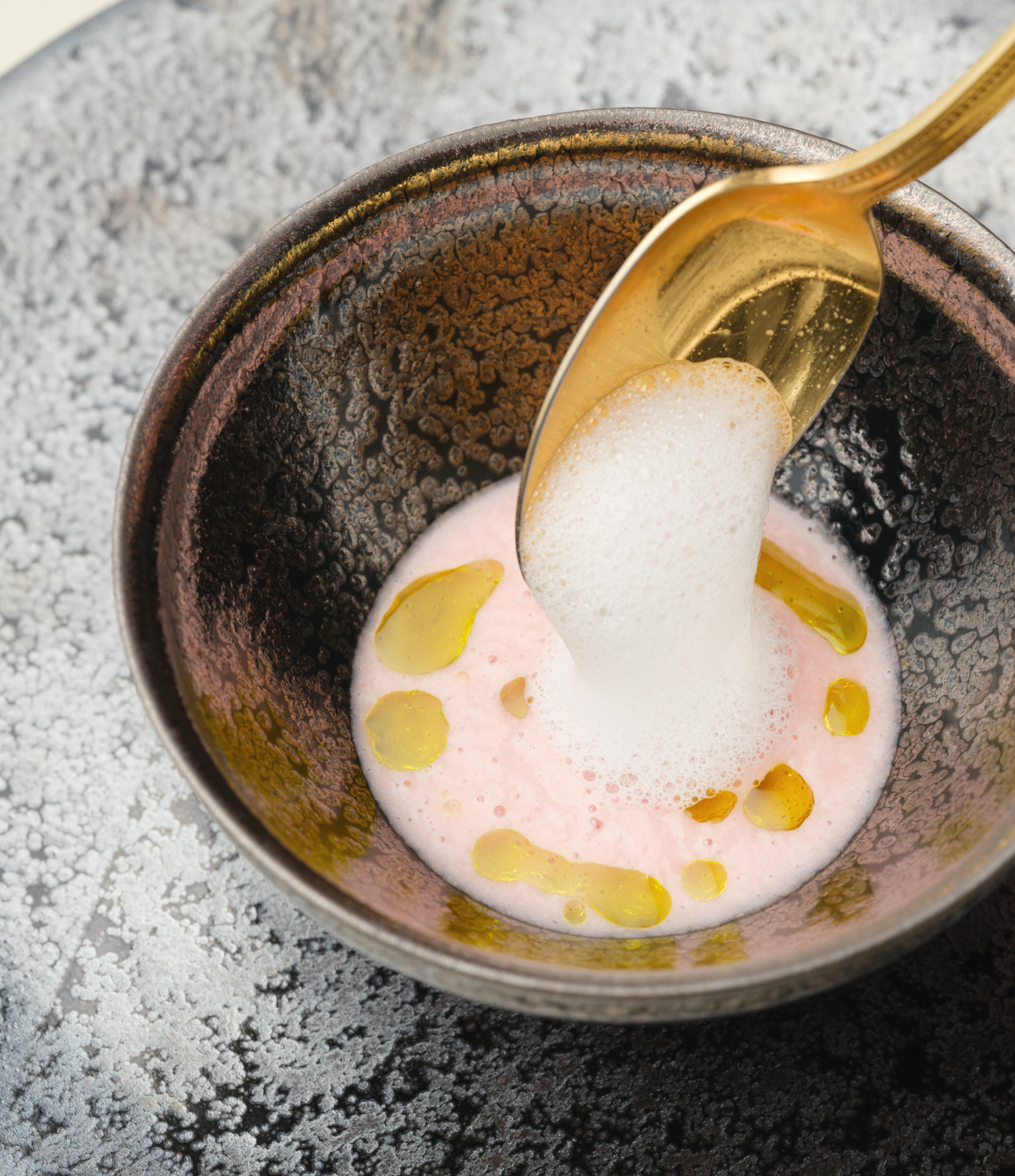
Even Though It’s Not Helpful, Shiba Ryotaro’s Travel Writing Is a Must-Read on the Trip
Books and Hotels
People talk about their favorite books to read at hotels from their unique perspectives.
Vol. 5 Makime Manabu (Writer)
Parents having their wedding ceremony. Coming to the restaurants with his family in his childhood. Being carried by a sumo wrestler and then Yokozuna, Kitanokoseki, in the lobby. Thanks to these memories, Makime Manabu feels a great affinity with the RIHGA Royal Osaka. In this interview, we asked the writer about his favorite book to read at the hotel, on the road, and for the wait time.
I’m too tired and have no time to read, but books are still essential for travels
A while back, I went on a trip to the United States. I brought three novels; Agatha Christie, Abe Kobo, and one that takes place in Palestine. I couldn’t even read 10 pages (laugh). That’s because I walk a lot when I’m on a trip. Sometimes I walk 35,000 steps a day! So when I arrived at the hotel, I was very exhausted. I took a shower and immediately went to bed. That’s my routine. I feel restless and walk around till the last minute rather than enjoying the hotel. But I love picking a book to carry with me on a trip, and I spend almost two hours in front of my bookshelf to choose a volume. Though I end up not reading much on the trip, and on the way home I always regret, like “damn this book is heavy” (laugh). Perhaps a book is a sort of lucky charm for me.
Charm you can't find in guidebooks
About two years ago I traveled to islands on the national border, Iki and Tsushima. They are northwest of Nagasaki, only 50 kilometers away from our neighbor South Korea, and full of nature. I brought a book [by Shiba Ryōtarō] called” Kaido wo Yuku ” (On the highways) 13: Road in Iki & Tsushima. Fans of Shiba Ryōtarō might not be happy to hear this, but it’s not that useful as a guidebook because it’s too old. But that’s part of the book’s appeal (laugh).
Iki and Tsushima were different countries in premodern Japan. Tsushima has the culture of a fisherman’s village, and Iki has the culture of a farmer’s village. The residents have completely different characteristics, and even Shiba writes that “the two islands are unfriendly to each other.” (laugh) Shiba writes about how Tsushima’s taxi driver has a rough personality and driving skills, and how Iki’s driver is calm throughout. When he asks a lady in Tsushima about Iki’s people, she responds, “Ishū (Iki’s) people are crafty” and “They call Tsushū (Tsushima’s) people like us stupid.” Then she starts laughing out loud with her mouth wide open and follows up with, “It’s much better to be called stupid.” Shiba writes with no restrictions. All these descriptions of people and their subtleties are vivid and interesting. This is something that ordinary guidebooks never have.
In “Kaido wo Yuku” (On the highways) 13, Shiba visits and contemplates the two islands, Iki and Tsushima. These islands are placed between the Korean peninsula and Japan, and they were historically important for both countries.
Amazing Shiba Method Everyone’s Into
Shiba’s interview trips for ” Kaido wo Yuku ” (On the highways) series involve a large group of people, including editors, painters, and researchers. They take a taxi there, observe the location, and immediately leave. These trips have as tight schedules as a politician’s inspection visits, and I always wonder how he could write a book so rich in content out of it. I took substantially longer than Shiba to look around Tsushima and Iki, and I probably wouldn’t be able to write a tenth of what he wrote. But that’s Shiba at his best.
Even when he visits a place and encounters a seasoned resident, who tells him, “This place has not much to offer,” Shiba never quits there. He captures something out of the conversation, for example, the name of the warlord or merchant, and connects it with his knowledge to develop his original interpretation of history. This is the so-called “Shiba method.” I have the feeling that this Shiba method is the reason why his work fascinates many people, including myself. Not only can he connect his own words and knowledge with ease, but he can also do it endlessly. That leads to this epic series, ” Kaido wo Yuku ” (On the highways). This is an art.
I have a domestic work trip already coming up, and ” Kaido wo Yuku ” (On the highways) has a volume about that place. I’ll definitely bring it for the sake of the Shiba method. I have a feeling, though, that I’ll walk too much and end up sleeping a lot in my hotel room without reading (laugh).
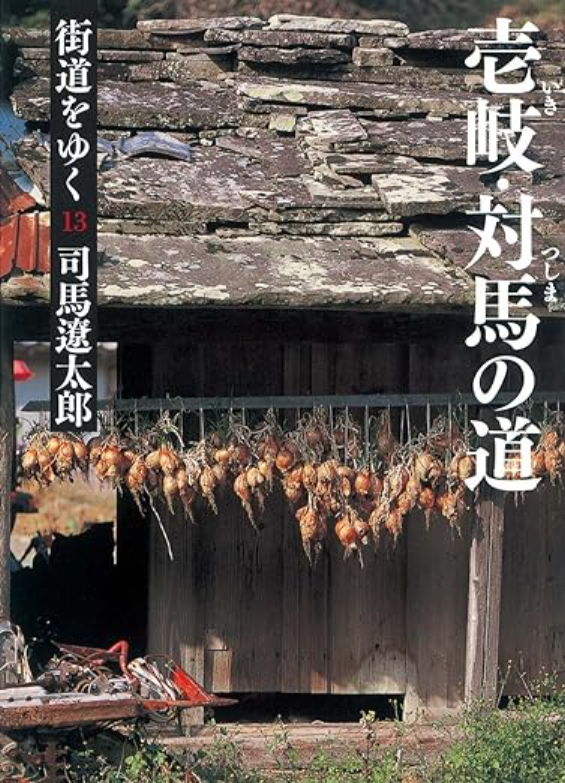
“Kaido wo Yuku” (On the highways) 13 New Edition: Road in Iki & Tsushima (Asashi Shinbun Shuppan)
“Kaido wo Yuku” (On the highways) is a collection of Shiba Ryotaro’s travel writing. It started as a series in “Weekly Asahi ” in 1971 and continued until his death in 1996. The 43rd volume, “Nobisanshūki”, was the last installment. The locations covered in the series range from Hokkaido to Okinawa in Japan, from Ireland to the Netherlands to Taiwan internationally. In these writings, Shiba explored the origins of Japanese people and culture and wrote about the place and people’s lives from a unique perspective.
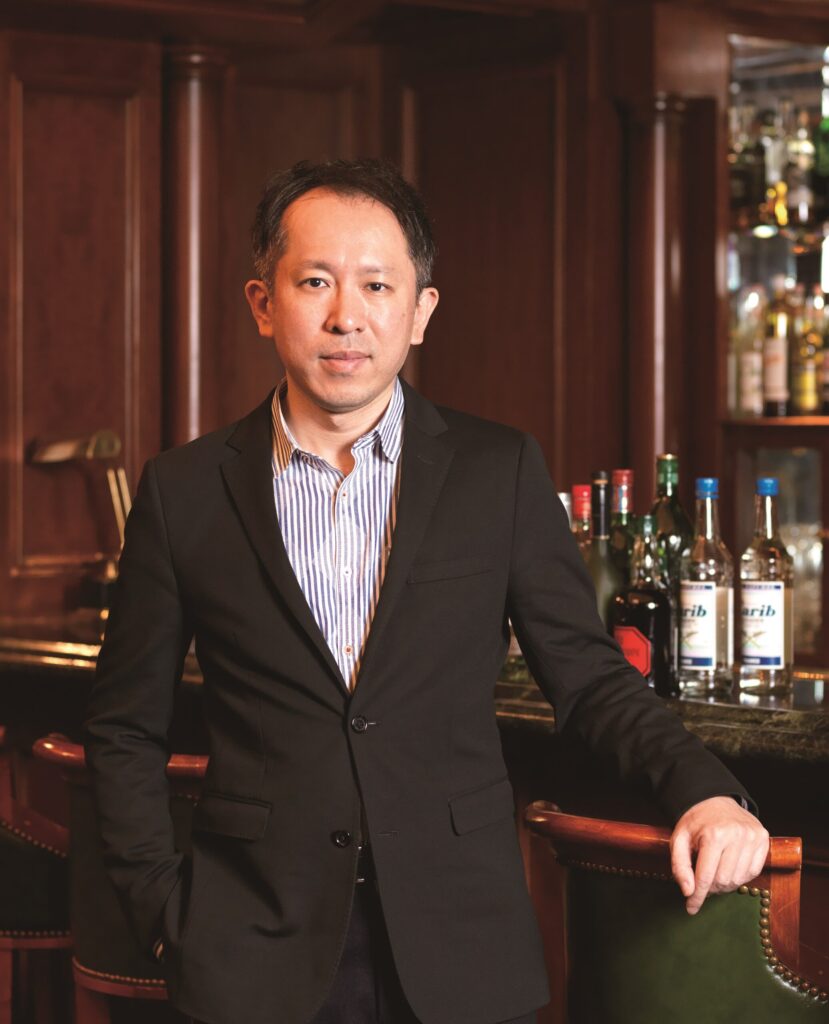
Makime Manabu
Born in 1996 in Osaka. Majored in law at Kyoto University. He started writing novels in college. After working for a chemical fabric manufacturer, he debuted as a novelist with “Kamogawa Horumō”. His major works, “Shika Otoko Aoniyoshi”, “The Great Shu Ra Ra Boom”, and “Princess Toyotomi”, were adapted into popular films. In January 2024, Makime received the 170 Naoki Award for “Hachi gatsu no gosho graundo”.


